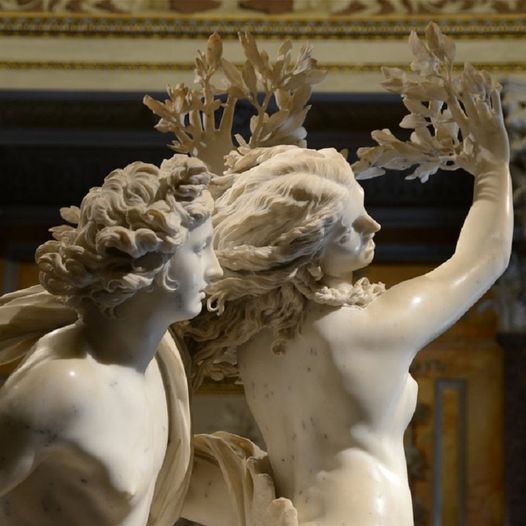In the heart of Southeast Asia, amidst the lush greenery of the Borneo rainforest, lies a botanical treasure that has captured the fascination of orchid enthusiasts and botanists alike – Rothschild's Slipper Orchid (Paphiopedilum rothschildianum). This remarkable orchid species, named after the prominent Rothschild family, is celebrated for its exquisite beauty and unique slipper-shaped blooms. Let's delve into the enchanting world of this rare and magnificent orchid, exploring its origins, characteristics, and the captivating allure it holds for nature lovers around the globe.
The Origin of Rothschild's Slipper Orchid
Rothschild's Slipper Orchid is native to the montane forests of Borneo, a region renowned for its rich biodiversity. Discovered in the late 19th century by renowned orchidologist Henry Frederick Conrad Sander, this orchid species quickly gained recognition for its stunning appearance. Its large, waxy flowers, adorned with intricate patterns and vibrant colors, make it a prized possession among orchid collectors and enthusiasts. The orchid's scientific name, Paphiopedilum rothschildianum, pays homage to the Rothschild family, well-known for their contributions to natural history and conservation efforts.

The Unique Characteristics of Rothschild's Slipper Orchid
What sets Rothschild's Slipper Orchid apart is its distinct slipper-shaped lip, which gives the flower a striking appearance reminiscent of a dainty slipper. The slipper-shaped lip serves a functional purpose, acting as a trap for pollinators. In the wild, certain insects are enticed by the orchid's enticing colors and fragrances, but once inside the slipper, find it challenging to escape, ensuring effective pollination. This clever adaptation showcases the ingenuity of nature and the intricate symbiotic relationships that exist within ecosystems.

Conservation Challenges and Efforts
Despite its captivating allure, Rothschild's Slipper Orchid faces numerous threats in its natural habitat. Deforestation, habitat destruction, and illegal trade pose significant challenges to the survival of this species. Conservation organizations and botanical institutions are actively engaged in efforts to preserve this orchid and its habitat. Through seed banking, habitat restoration, and public awareness campaigns, these initiatives strive to safeguard the future of Rothschild's Slipper Orchid and other endangered plant species in the region.

Cultivation and Appreciation
In addition to its presence in the wild, Rothschild's Slipper Orchid has found a place in the hearts of orchid enthusiasts worldwide. Cultivated in specialized orchid nurseries, this species is cherished for its elegance and grace. Orchid aficionados meticulously care for these plants, providing optimal conditions to encourage their growth and blooming. The orchid's popularity in horticulture reflects the universal fascination with its unique beauty and the dedication of enthusiasts to preserving its genetic diversity.

A Symbol of Resilience and Beauty
Rothschild's Slipper Orchid stands not only as a symbol of natural beauty but also as a reminder of the resilience of plant life in the face of adversity. In a world where biodiversity is increasingly threatened, this orchid serves as an inspiration to conserve and protect the fragile ecosystems that nurture such exquisite flora. Its delicate blooms and intricate design are a testament to the wonders of nature, captivating the imagination and encouraging a deeper appreciation for the botanical world.

Rothschild's Slipper Orchid invites us to marvel at the intricacies of the natural world. Its elegance, coupled with its fascinating ecological adaptations, paints a picture of the wonders that await those who venture into the depths of biodiversity. Let us celebrate and protect this extraordinary orchid, ensuring that future generations can continue to be enchanted by its beauty. As stewards of the Earth, it is our responsibility to preserve such marvels, appreciating the fecundity of life in all its forms.






